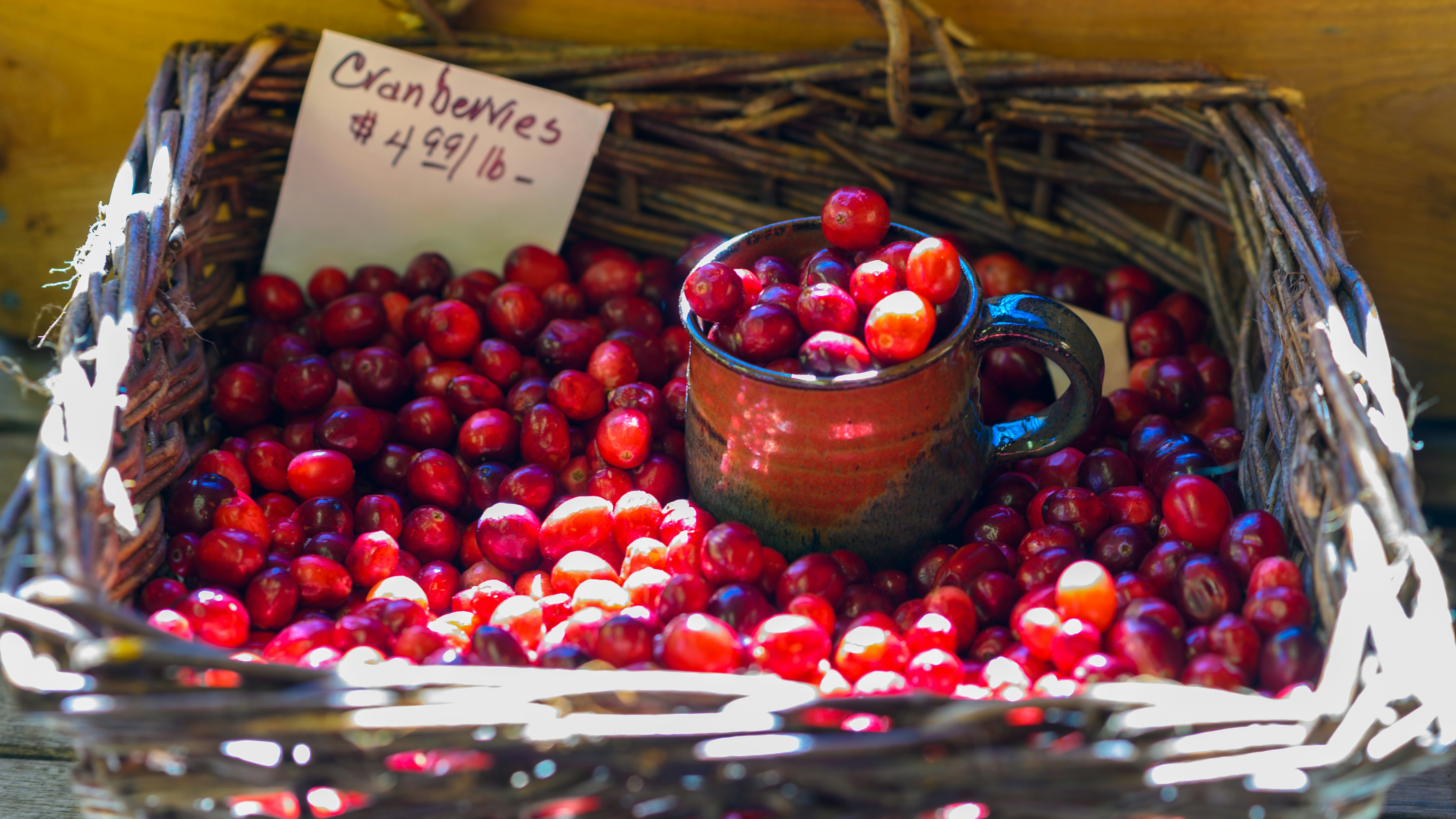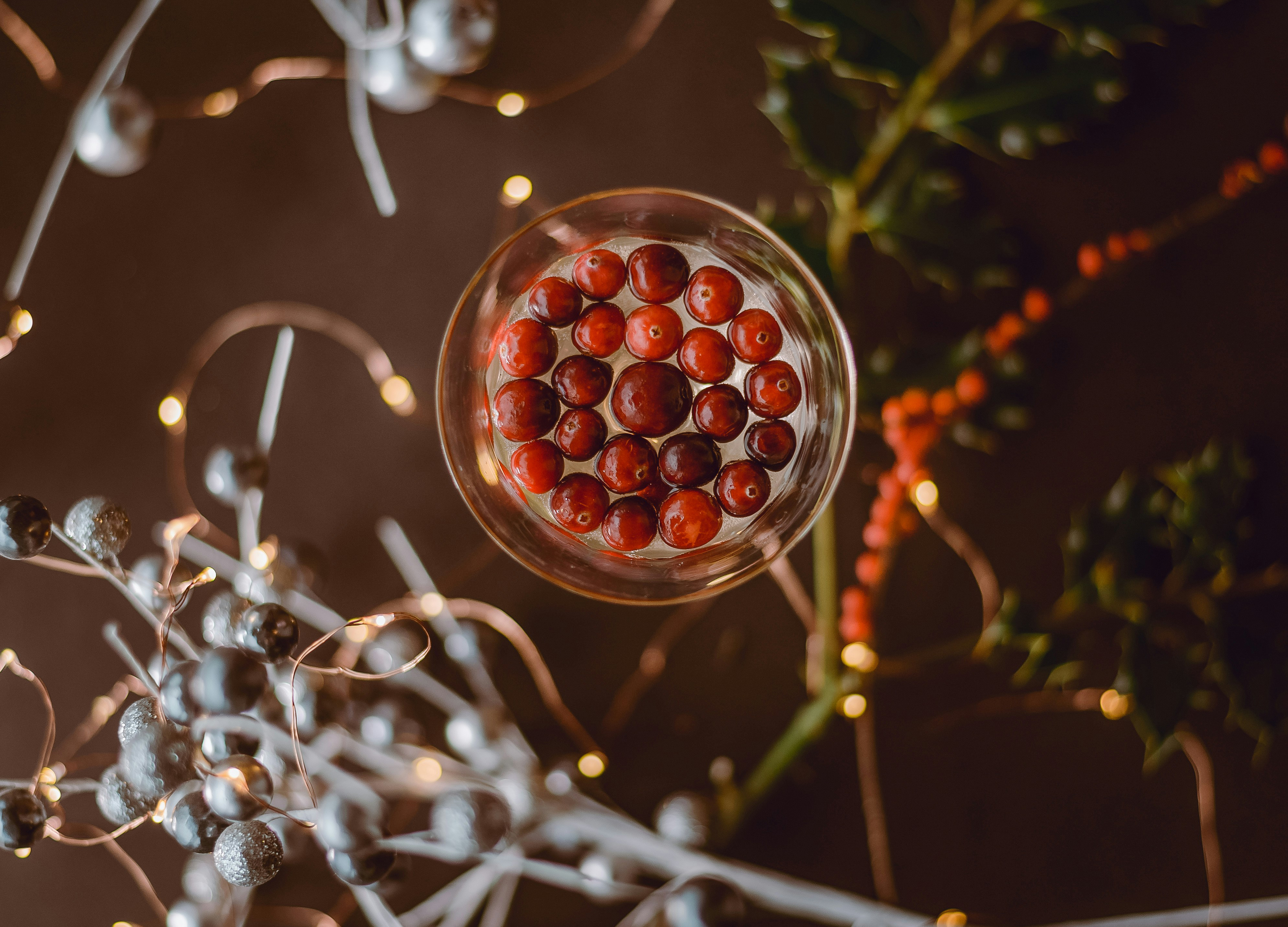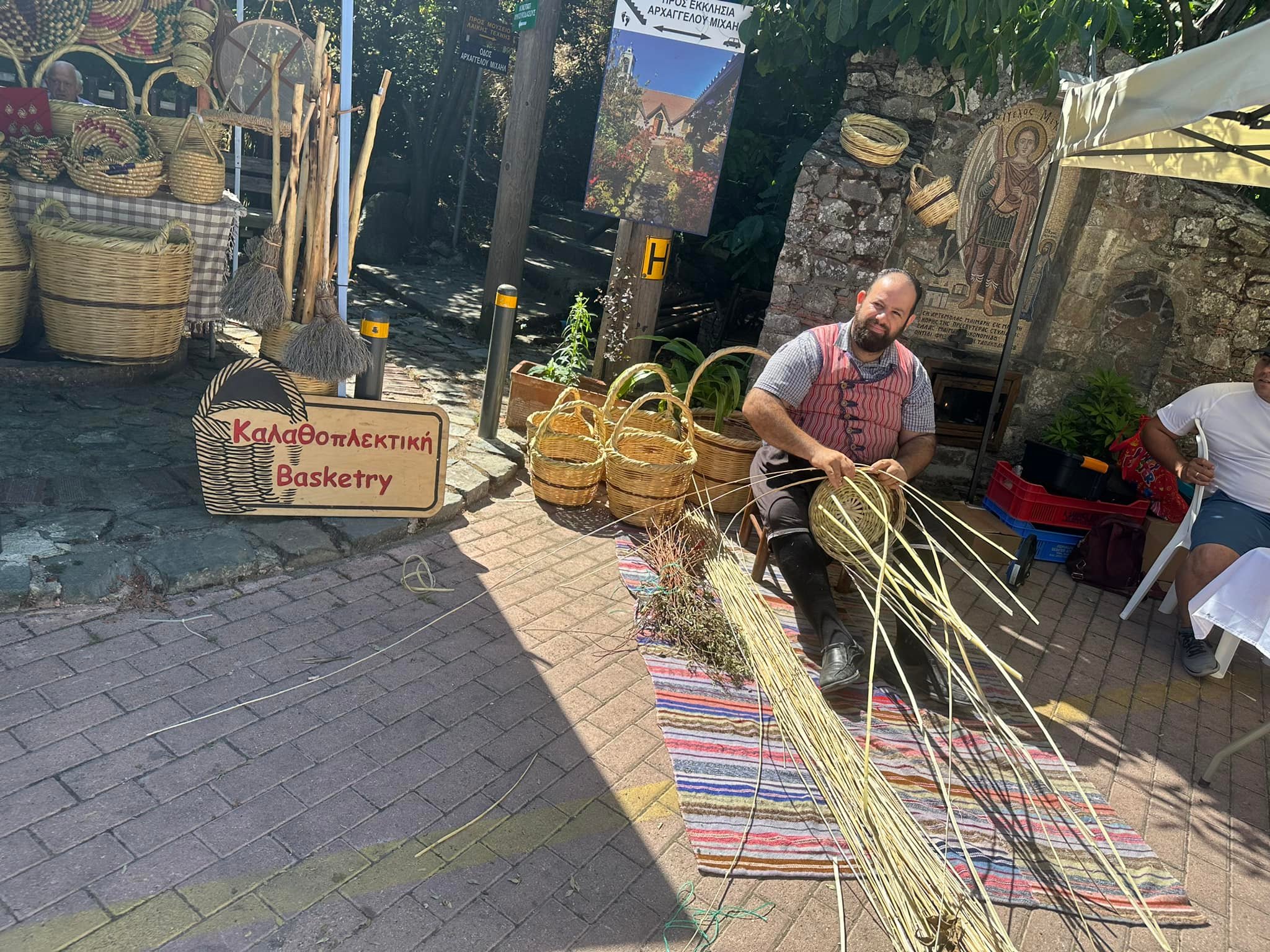A food scientist explains how to cook with fewer added sweeteners this holiday season
By Rosemary Trout
The holidays are full of delicious and indulgent food and drinks. It’s hard to resist dreaming about cookies, specialty cakes, rich meats and super saucy side dishes.
Lots of the healthy raw ingredients used in holiday foods can end up overshadowed by sugar and starch. While adding extra sugar may be tasty, it’s not necessarily good for metabolism. Understanding the food and culinary science behind what you’re cooking means you can make a few alterations to a recipe and still have a delicious dish that’s not overloaded with sugar.
Particularly, if you’re a person living with Type 1 diabetes, the holidays may come with an additional layer of stress and wild blood glucose levels. It’s no time for despair though – it is the holidays, after all.
Cranberries are one seasonal, tasty fruit that can be modified in recipes to be more Type 1 diabetic-friendly – or friendly to anyone looking for a sweet dish without the extra sugar.
I am a food scientist and a Type 1 diabetic. Understanding food composition, ingredient interactions and metabolism has been a literal lifesaver for me.
Type 1 diabetes is all day every day, with no breaks during sleep, no holidays or weekends off, no remission and no cure. Type 1 diabetics don’t make insulin, a hormone that is required to live that promotes the uptake of glucose, or sugar, into cells. The glucose in your cells then supplies your body with energy at the molecular level.
Consequently, Type 1 diabetics take insulin by injection, or via an insulin pump attached to their bodies, and hope that it works well enough to stabilise blood sugar and metabolism, minimise health complications over time and keep us alive.
Type 1 diabetics mainly consider the type and amount of carbohydrates in foods when figuring out how much insulin to take.
In addition to insulin, Type 1 diabetics don’t make another hormone, amylin, which slows gastric motility. This means food moves more quickly through our digestive tract, and we often feel very hungry. Foods that are high in fat, proteins and fibre can help to stave off hunger for a while.
Cranberries are native to North America and are a staple on holiday tables all over the country, and around the world.
One cup of whole, raw cranberries contains 190 calories. They are 87 per cent water, with trace amounts of protein and fat, 12 grams of carbohydrates and just over 4 grams of soluble fibre. Soluble fibre combines well with water, which is good for digestive health and can slow the rise of blood glucose.
Cranberries are high in potassium as well as other important nutrients such as antioxidants, beta-carotene and vitamin C. They also contain vitamin K, which helps with healthy blood clotting.

Cranberries’ flavour and aroma come from compounds in the fruit such as cinnamates that add cinnamon notes, vanillin for hints of vanilla, benzoates and benzaldehyde, which tastes like almonds.
Cranberries are high in pectin, a soluble starch that forms a gel and is used as a setting agent in making jams and jellies, which is why they thicken readily with minimal cooking. Their beautiful red jewel-tone colour is from a class of compounds called anthocyanins and proanthocyanidins, which are associated with treating some types of infection.
They also contain phenolics, which are protective compounds produced by the plant. These compounds, which look like rings at the molecular level, interact with proteins in your saliva to produce a dry, astringent sensation that makes your mouth pucker. Similarly, a compound called benzoic acid naturally found in cranberries adds to the fruit’s sourness.
These chemical ingredients make them extremely sour and bitter, and difficult to consume raw. To mitigate these flavours and effects, most cranberry recipes call for lots of sugar.
All that extra sugar can make cranberry dishes hard to consume for Type 1 diabetics because the sugars cause a rapid rise in blood glucose.
Type 1 diabetics – or anyone who wants to reduce the added sugars they’re consuming – can try a few culinary tactics to lower their sugar intake while still enjoying this holiday treat.
Don’t cook your cranberries much longer after they pop. You’ll still have a viscous cranberry liquid without the need for as much sugar, since cooking concentrates some of the bitter compounds, making them more pronounced in your dish.
Adding cinnamon, clove, cardamom, nutmeg and other warming spices gives the dish a depth of flavour. Adding heat with a spicy chili pepper can make your cranberry dish more complex while reducing sourness and astringency. Adding salt can reduce the cranberries’ bitterness, so you won’t need lots of sugar.
For a richer flavour and a glossy quality, add butter. Butter also lubricates your mouth, which tends to complement the dish’s natural astringency. Other fats such as heavy cream or coconut oil work, too.
Adding chopped walnuts, almonds or hazelnuts can slow glucose absorption, so your blood glucose may not spike as quickly. Some new types of sweeteners, such as allulose, taste sweet but don’t raise blood sugar, requiring minimal to no insulin. Allulose has GRAS – generally regarded as safe – status in the US, but it isn’t approved as an additive in Europe.
This holiday season you can easily cut the amount of sugar added to your cranberry dishes and get the health benefits without a blood glucose spike.
Rosemary Trout is Associate Clinical Professor of Culinary Arts & Food Science, Drexel University. This article is republished from The Conversation under a Creative Commons licence







Click here to change your cookie preferences